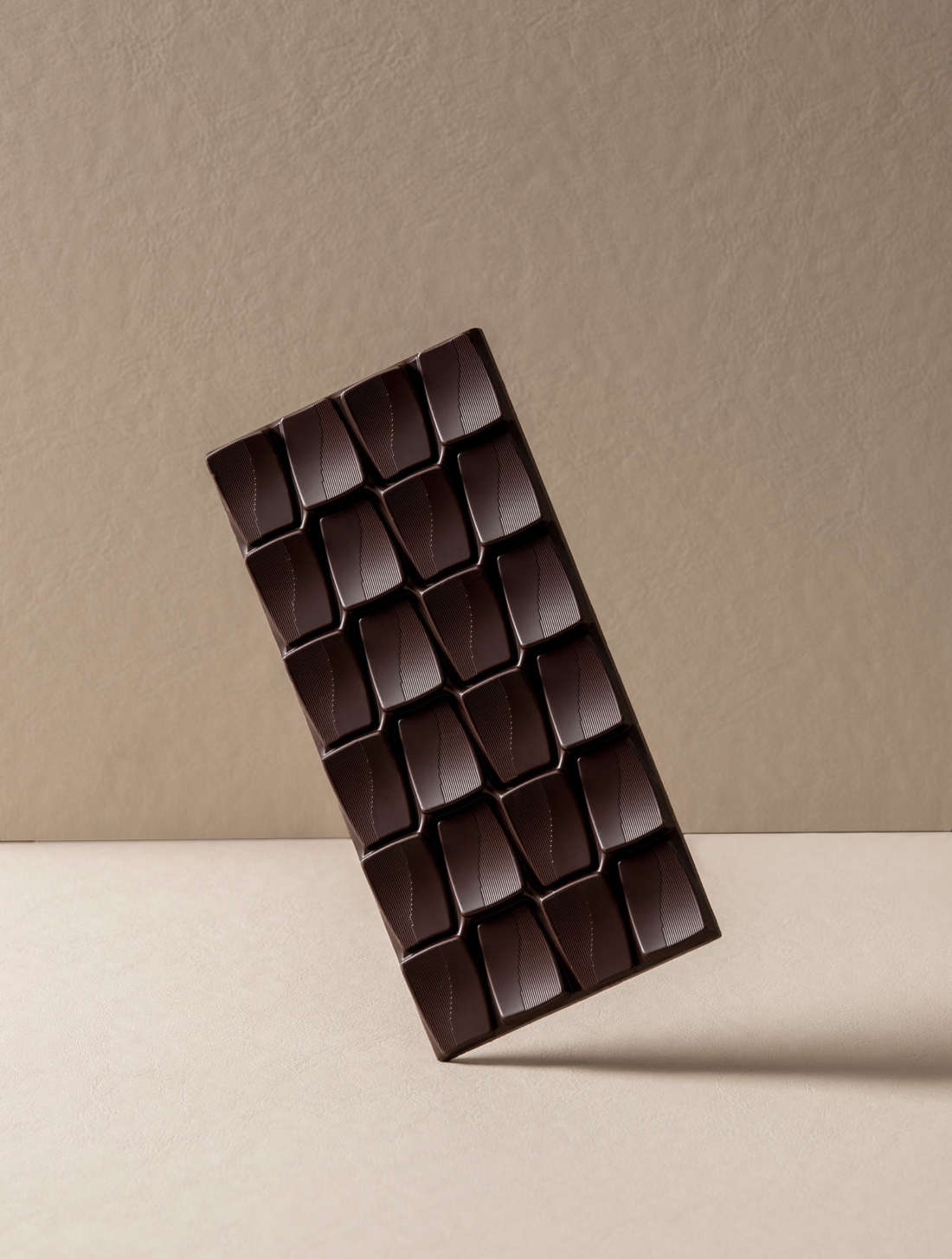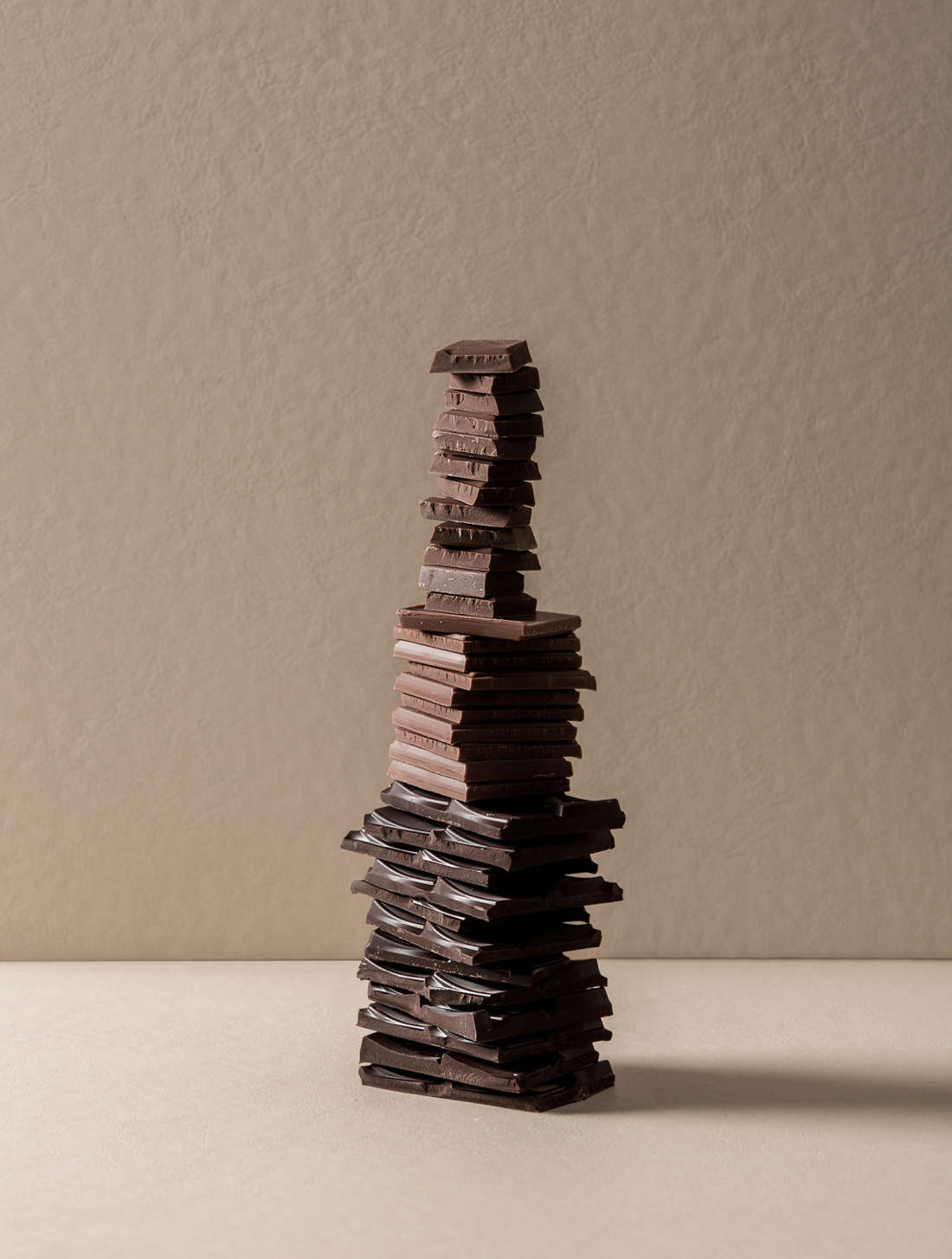Category — Features

Diversity, Decency and Deliciousness
All around the world people are becoming more interested and invested in the food and drink they choose to consume. They want to know who made it, where it came from, how it was made, how the ingredients were grown, and how the people involved were treated.
This growth of conscious consumers is arguably having a bigger impact on the world of chocolate than anywhere else, partly because the cocoa supply chain is one of the most corrupt and abuse-ridden, and partly because chocolate production has been shrouded in smoke and mirrors for the past couple of centuries. Until recently, not many people who picked up a bar of sweet brown confectionery were connecting it to the brightly coloured tropical fruit that provides its main ingredient.
Cue the ‘craft chocolate’ movement; a new wave of small-scale chocolate makers who are making chocolate from scratch – from bean to bar – with cacao as the central focus. These producers are using rare, expensive varietals of ‘fine flavour’ cacao and aiming to produce the highest quality chocolate possible, without cutting any corners when it comes to cost or production methods. The flavours you’ll experience in craft chocolate are wildly different from mainstream industrial chocolate, with many different tasting notes to be found in these high quality cacao varietals, just like the different types of grapes in wine, or different malts and hops in beer. Craft chocolate makers are aiming to represent the uniqueness of each individual bean, rather than aiming for an end product that always tastes the same.
Until recently, if you wanted to buy an ethically made chocolate bar your only readily available option was Fairtrade chocolate. The Fairtrade scheme set out with good intentions and has certainly made some improvements to international cocoa trade, particularly with the amount of attention it has drawn to the issues of child and slave labour, but it is a long way from the best-case scenario. The Fairtrade price is relative to the Futures Market – the global centralised marketplace that predicts the future price of commodities, based on things like economics, politics and climate. Fairtrade offers a small premium on top of whatever price the Futures Market sets from afar, whilst it guarantees a minimum price (around $2300 per tonne at the time of writing) in case the market price plummets. This provides a little more security for farmers but the reality is that the price is still extremely low, and unless we see an significant increase in the Futures Market price, it’s never going to give cacao farmers a livable wage.
Fairtrade certification also tells you nothing about quality or flavour. Whilst there are some exceptional chocolate bars on the market made with Fairtrade cacao (check out some of the Wellington Chocolate Factory or Hogarth Craft Chocolate bars in New Zealand), a lot of chocolate with Fairtrade certification is made with low quality beans and tastes exactly the same as non-ethical chocolate.
Of course it’s very important to clarify that if you’re planning to spend three or four dollars on a bar of chocolate, and you want to spend ethically, Fairtrade chocolate is certainly your best option. It’s a wide-reaching scheme that has a positive impact on a lot of farmers’ lives, and the more industrial chocolate makers who choose to work with Fairtrade, the better. However, if you’re the kind of person who is willing and able to pay more for chocolate that is making a much bigger impact on the lives of farmers, as well as taking the level of quality and deliciousness to new heights, then small-batch craft chocolate could be the thing for you.
As well as the quest to produce the highest quality and most delicious chocolate possible, craft chocolate makers are aiming to make their chocolate as ethical as possible. Many producers are working directly with farmers and communities, rather than sourcing cacao via a series of middlemen who are all clipping the ticket. When producers and growers work together in a symbiotic relationship, great things can happen for everyone involved, as well as for the quality of the core ingredients and the end product. If a chocolate maker visits a cacao farm they can learn more about the ingredients they’re using, discuss their expectations with the farmers and build organic, long lasting relationships. There are many examples of chocolate makers working with farmers to help to improve things like fermentation and drying processes, such as Spencer Cocoa in Australia or Gaston Chocolat in Vanuatu. If the quality of cacao improves, they can make a better chocolate that they can sell for more, and in turn they can pay more for the beans they purchase. The farmers can then charge more for their beans elsewhere, and gain access to the more boutique and high-level markets where producers will pay a premium for quality. Usually craft chocolate makers will be paying two, three or even four times the Futures Market price for their beans, which is a reflection of the quality of the cacao. This isn’t a situation of privileged people coming to save the day, it’s just two businesses that are in a position to influence each other’s success.

We’re starting to see a lot of this kind of direct trade happening between cacao farmers in the Pacific Islands and craft chocolate makers in New Zealand and Australia. The Solomon Islands has been through the biggest transformation in recent years – they had a reputation for poor quality beans that often had a funky taste from improper fermentation, or smoke taint from poor drying practices. As more chocolate makers have started working with the farmers over there, such as Liz Rowe from Dunedin’s OCHO Chocolate, the quality of the beans has improved dramatically, and we’re now seeing Solomon Islands cacao being used by such celebrated makers as Dick Taylor in North America, where the craft chocolate scene is thriving.
Fine flavour and heirloom strains of cacao account for just 5% of what is grown in the world, whilst the other 95% is what’s referred to as ‘bulk’ cacao. The varietal Forastero dominates the world of bulk cacao because it is the easiest, fastest and cheapest to grow. It has an extremely high yield and is very resistant to disease, but flavour-wise it will almost always produce a chocolate that is monotone and traditionally ‘chocolatey’, especially when heavily processed. Because of this high yield and easier growth, producing bulk cacao is an attractive option for farmers, especially if they have no access to ethical buyers of rarer, higher quality cacao. You can grow the most delicious and specialist cacao in the world but if there is nobody to sell it to then you’re not going to survive, so for many farmers the only option is to grow bland, mainstream cacao that they can easily sell in large quantities for a very low price. This results in a life of extremely hard work, long hours and minimal income.
But with the growth of conscious consumers, along with the increased amount of high quality bean-to-bar chocolate makers, there is suddenly a much higher demand for fine flavour cacao. Choosing the path of specialisation is becoming more viable for cacao farmers, who have an increasing number of potential clients willing to pay a premium for top-level beans. Not only does this mean higher income for growers, but it also preserves heirloom strains of cacao, which possess a huge range of delightful flavours and the potential for great human experiences. Many of these varietals have been at risk of dying out, and though there’s a long way to go, there is a glimmer of hope for people who care about diversity.
It is very early days for craft chocolate but it’s already creating some interesting shifts in chocolate buying habits. Through its focus on quality, flavour and diversity, craft chocolate has the ability to make ethical chocolate attractive to people who are not sold on ethics alone. Buying craft chocolate can be as selfish or selfless as you like, as it offers a clear conscience and extreme deliciousness in equal measures. It may take a while for people to adjust to spending over $10 on something that has always cost them much less, but once they realise this price is reflective of quality and can deliver a whole new experience, just like fine wine or craft beer, it seems likely they’ll embrace it.
It will be exciting to see how this movement develops over the next five, ten or twenty years.
By Luke Owen Smith. Photography by Charlie McKay